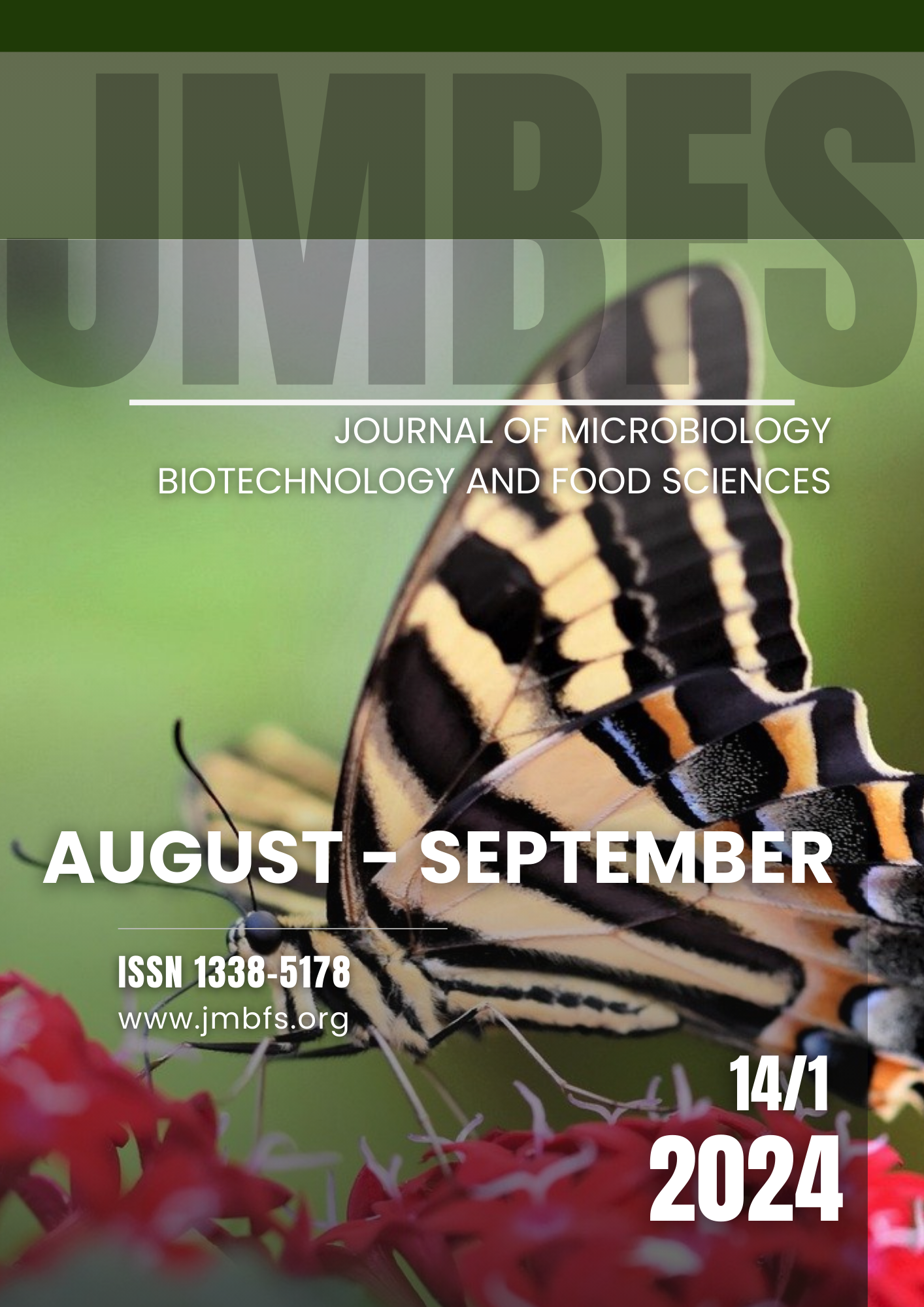TOXICITY OF NANOPARTICLES ON ANIMAL AND HUMAN ORGANISM: CELL RESPONSE
DOI:
https://doi.org/10.55251/jmbfs.10844Keywords:
nanoparticles, toxicity, cells, in vitro, in vivoAbstract
The review focuses on research related to the effect of nanoparticles on cells in the animal and human body and on the analysis of potential biological effects that may be caused by exposure to these materials. This review deals with the mechanisms through which nanoparticles interact with cells and analyses their potential consequences for an individual's health. The main mechanisms of toxicity are oxidative stress, inflammatory responses, cell damage, and genetic changes that can lead to apoptosis or other cellular responses. These effects are often modified by various factors, including the size and shape of the nanoparticles, their surface treatment and chemical composition. The work highlights significant differences in the responses of cells of different organ systems to nanoparticles, thereby pointing the need for a more precise examination of toxic effects depending on the biological context. This review also discusses important methods for assessing nanoparticle toxicity, including in vitro experiments, in vivo animal studies, and various clinical studies. The aim of this review was to provide a comprehensive overview of this important issue, which has significant implications for public health and the environment. Research into nanoparticles and their interaction with cells is crucial for a better understanding the risks associated with their exposure and for the development of safe technologies and applications that use these materials.
Downloads
Downloads
Published
How to Cite
Issue
Section
License
Copyright (c) 2023 Kateryna Vanivska, Lucia Dianová, Marko Halo Jr., Nikola Štefunková, Michal Lenický, Tomáš Slanina, Filip Tirpák, Peter Ivanič, Robert Stawarz, Peter Massányi

This work is licensed under a Creative Commons Attribution 4.0 International License.
All papers published in the Journal of Microbiology, Biotechnology and Food Sciences are published under a CC-BY licence (CC-BY 4.0). Published materials can be shared (copy and redistribute the material in any medium or format) and adapted (remix, transform, and build upon the material for any purpose, even commercially) with specifying the author(s).





